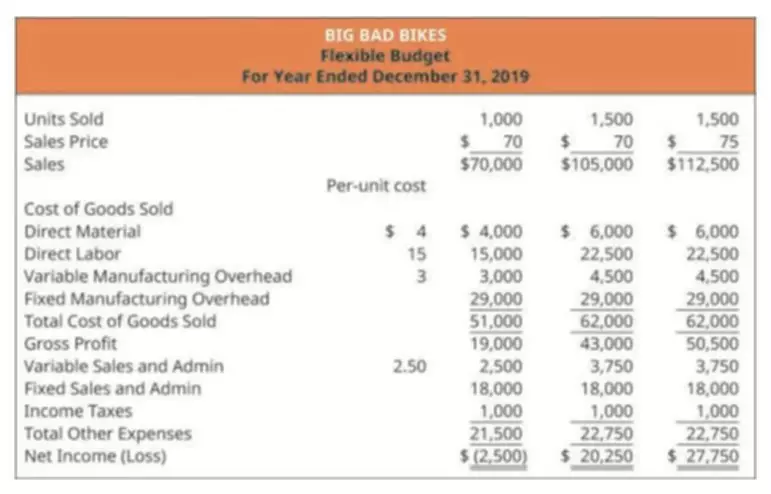Content
- The role of FTE in calculating eligibility for the Paycheck Protection Program (PPP)
- Cases to exclude from the calculation
- How to calculate FTE for individual employees (+ examples)
- Why the FTE calculation is important
- Calculating Your Full-time Equivalency (FTE) Workforce to Determine Your Track Size
- What is Full Time Equivalent (FTE)?

So, 75 is the number of hours needed per day to finish the said 600-hour project. However, it will be up to you to decide how many people you’ll want to employ to carry this out and what type of employment you will offer them. The actual PTO an employee can accrue may depend on several factors, including years of employment that dictate an employee’s hourly PTO accrual rate. These rates will depend on the PTO accrual rate policies of a company, organization, or institution. However, bear in mind that this only applies to positions that work 30 hours per week when assigned a 0.75 FTE position, i.e., the IRS minimum for a full-time definition. In contrast, non-exempt positions who typically work only 28 hours per week on a 0.75 FTE schedule do not qualify, even if the employer policy defines them as full-time.
Sign up to receive more well-researched small business articles and topics in your inbox, personalized for you. Bear in mind that this is just the expected number of hours Olivia may work with a 0.7 FTE — she will likely use some of these hours for PTO. An employee with a regular budgeted assignment of 75% of a full-time job position has a 0.75 FTE.
The role of FTE in calculating eligibility for the Paycheck Protection Program (PPP)
This ensures that you’re not getting a skewed result based on a higher or lower number of hours worked in a week than typical. For the purposes of calculating FTE, most employers consider a full-time employee one who works between hours a week. Although the DOL doesn’t define what a full-time employee is (it leaves that definition up to the employer), the IRS does, so make sure that as work roles change, you keep up-to-date records of your FTE employees.

According to OECD statistics on average weekly hours worked on the main job from 2021, Denmark has an average of 33.7 hours per week compared to Columbia and its average of 47.8 hours during a workweek. The US falls somewhere in the middle when compared to other countries, with 38.8 hours of work time per week, on average. In general terms, full-time equivalent (or FTE) is a unit of measure that plays an important role in calculations used in businesses, project management, or federal programs for eligibility purposes. By adding the full-time and part-time hours worked, we can calculate the total number of hours worked by all employees for the year as 109,000. FTE, an abbreviation for “full time equivalent”, counts the approximate number of full-time employees employed by a specific company, but with the inclusion of part-time employees.
Cases to exclude from the calculation
Seeing the accrual of leave in real time makes it easier to calculate the resources needed at any given time. Find the average number of hours worked to see if there’s room for scaling or if you need to cut back to save on costs. Next, you must determine whether you need more resources now or in the future.
What does calculated FTE mean?
A full-time equivalent (FTE) is a unit of measurement used to figure out the number of full-time hours worked by all employees in a business. If your business considers 40 hours to be a full-time workweek, then an employee working 40 hours per week would have an FTE of 1.0.
Let’s use an example to understand the general https://www.bookstime.com/articles/llc-accounting-what-you-need-to-know in context. 10 of them work 20 hours a week, while the remaining 40 each work 10 hours per week. The final step for this calculation method is to divide this number by 2,080 hours – which is generally considered to be the number of hours that constitutes full-time employment. This has been chosen as it covers 8 hours per day x 5 days a week x 52 weeks per year. FTE stands for full time equivalent, and it’s a metric that you can use to understand how all of your workforce together equates to a number of full-time employees. For example, if you have one full-time employee who works 40 hours a week, and two part-time employees who work 20 hours each, you have an FTE of 2.
How to calculate FTE for individual employees (+ examples)
A business is required to follow employment laws that depend on the number of employees and respectively FTE. In this section, we will explore how to calculate FTE for different laws or programs. Following the above definition, an FTE of 1.0 is equivalent to a full-time worker while an FTE of 0.5 signals half of a full workday.

You can use the same approach to figure FTEs for a given month or quarter, or even a day. The ACA makes health coverage a shared responsibility of individuals, employers, and the government to ensure that as many people as possible have affordable health insurance. While the law doesn’t require all business organizations to offer health insurance to their workers, employers who have 50 or more FTEs and are therefore fte meaning considered ALEs must comply with the employer mandate. Then, as shown in the example illustration, calculate the number of actual hours worked by full-time employees per time period by multiplying your employees by 40 weekly hours and then by 52. Speaking of time off policies, if you’re in the U.S., the Affordable Care Act requires ALEs (applicable large employers) to offer health insurance to their workers.
Why the FTE calculation is important
The Employee Retention Credit (ERC) is another measure designed to incentivize employers to keep hold of staff during the COVID-19 pandemic. It comes in the form of a tax credit worth half of employee wages over the course of a covered period. This is how a company, on average, calculates the average yearly number of hours that a full-time employee works. Full Time Equivalent (FTE) refers to the unit of measurement equivalent to an individual – worker or student – one unit of a work or school day, applicable in a variety of contexts. In most cases, full time equivalents measure an employee or student and/or their workload.
How do you calculate FTE for 8 hour shifts?
Divide the total hours by the full-time hours.
To calculate FTE for the year, divide the total hours by 2,080 (8 hours a day x 5 days a week x 52 weeks a year). The result is the total full-time equivalent employees you have.
Sign up to Wobbly, the time tracking software, for free, and you will test all the benefits of our tool. This means that the number of working hours of the company’s 3 part-time employees equals the number of working hours of 2 FTEs. Full-time Employees are workers who typically work for hours a week and are employed on a permanent basis. Along with regular wage, they get benefits such as health care, vacation pay, pension, and other requirements as per the prevailing law. An FTE calculation is a method for measuring how many full-time employees are present at a company, alongside the number of part-time employees that in aggregate can be translated into full-time terms.
Calculating Your Full-time Equivalency (FTE) Workforce to Determine Your Track Size
The Affordable Care Act (ACA) is designed to reduce the cost of health coverage for uninsured and lower-income individuals and their families. Under the ACA, some large employers might be responsible for providing minimum essential coverage or making shared responsibility payments to the IRS. If you’re ever asked to calculate FTEs for your company, the person or organization asking you for the figure should be able to outline exactly how they expect you to arrive at your result. Generally speaking, you can arrive at your own FTE by following the steps below. Yearly, a company generally considers an FTE to be valued at 2,080 hours.
Local administrators weigh in on potential raises for teachers – Shoshone News Press
Local administrators weigh in on potential raises for teachers.
Posted: Tue, 02 May 2023 07:00:00 GMT [source]